ACROPOLIS
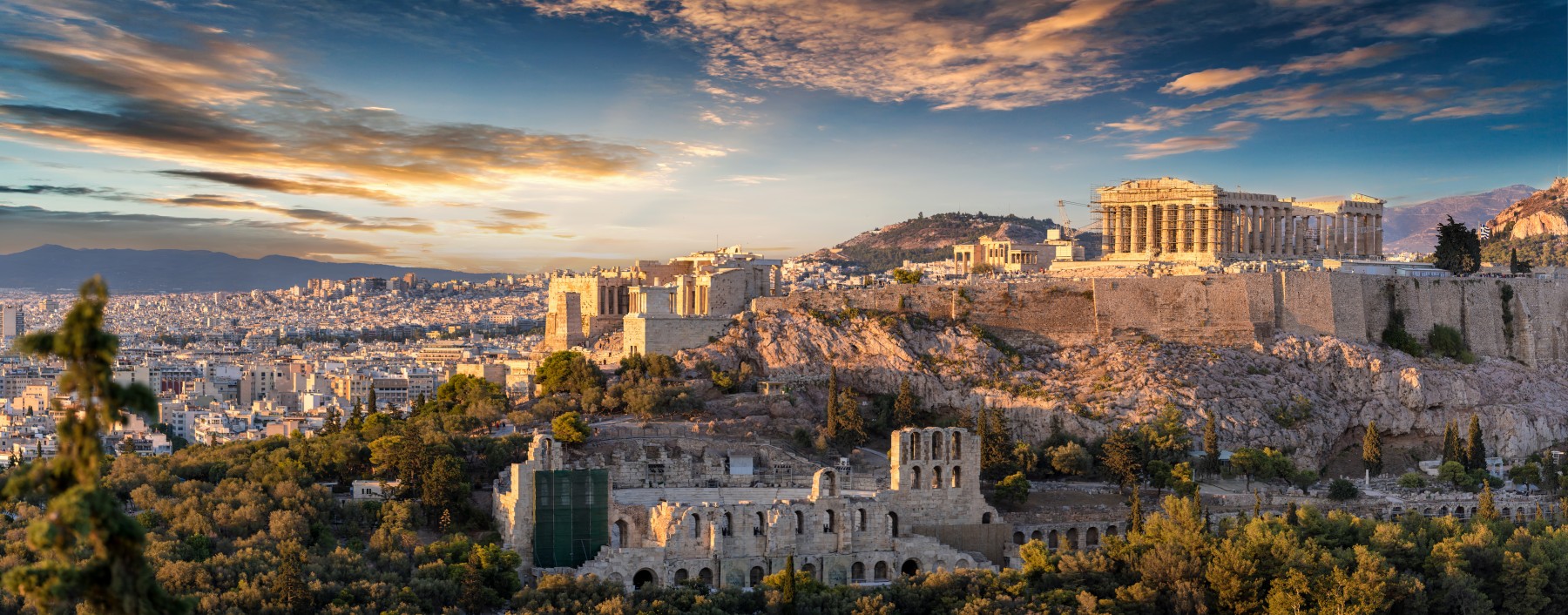
Visit the new Acropolis Museum accompanied by an official guide or escort.
The Acropolis of Athens is a rocky hill, inhabited from the 3rd millennium BC. It is inaccessible from all sides except the western side, where the fortified entrance, decorated with the splendid Propylaea, is located.
The Parthenon is the largest and most notable building of the Acropolis and has been the admiration of the world for centuries. Work on the construction of this marble temple of Athena began in 447 BC. under the direction of the architects Iktinou and Kallikratis.
The Athenian Acropolis was inscribed on the UNESCO World Heritage List in 1987.
The new Acropolis Museum, the back of which faces our residence, was opened on June 20, 2009 and replaced the first Acropolis Artifact Museum which was laid out southeast of the Parthenon on December 30, 1865 and completed in 1874.
Bernard Tschumi’s design incorporates three concepts: light, motion and architectural planning. The building is based on raised pillars placed between the antiquities for the best protection of the archeological site. In some places, inside and outside the building, the floors are transparent, allowing the underlying antiquities to be seen. In May 2013 the British newspaper Sunday Times ranked the Acropolis Museum third in its respective list of the 50 best Museums in the world.
The museum’s collections are exhibited on four levels covering a wide period of time from Mycenaean period until the Roman and Early Christian Athens while at the same time lying on the Makrygianni archeological site remnant of Roman and early Byzantine Athens.
It is our great pleasure to take you through ancient Greek Civilization and show you the places where Plato, Socrates, and Aristotle taught.
ALL- DAY EXCURSION TO DELPHI

Enjoy a day trip to Delphi, by limousine or minivan, and be enchanted by the landscapes of the route as well as the Archaeological site.
Delphi was the Navel of the World, where, according to mythology, the two eagles sent by Zeus from the ends of the universe to find the center of the world met. For centuries Delphi was the spiritual and religious center and symbol of unity of ancient Hellenism. The history of Delphi is rooted in centuries and myths of the ancient Greeks.
From the 8th century, when the cult of Apollo prevailed, the sanctuary of Delphi acquired a particularly important role in the ancient Greek world, while its influence gradually spread in a large part of the wider area of the eastern Mediterranean.
Delphi was an ancient Greek city with the most important oracle of the ancient Greek world, but gradually the role of the city was strengthened and it developed into a Pan-Hellenic center and a sacred city of the ancient Greeks.
Delphi is an area with intense tourist traffic, as it is a World Heritage Site of UNESCO. Apart from the archeological site and the museum, there is a European Cultural Center and, in the wider area, a series of Holy Monasteries of religious interest. Delphi is also a short 10 km distance from Arachova, important winter destination of Central Greece, and within walking distance of the summer resort of Itea as well as the traditional settlement of Galaxidiou.
ALL- DAY EXCURSION TO SOUNIO

A visit to the magical Temple of Poseidon at Sounion.
Sounio is known for its important geographical location but also because of the ruins of the ancient temple of Poseidon located on it. It is only an hour’s drive from the center of Athens and we are able to arrange a full-day excursion, which in addition to the Archaeological site will include bathing on a nearby beach and lunch. Indeed, where else can you swim in crystal clear water overlooking the marble columns of an ancient Greek temple? In this case you will be lucky enough to enjoy a unique sunset.
If you have limited time, you can visit the Temple of Poseidon (God of the Sea) and enjoy the route on a four-hour excursion.
The temple of Poseidon in Sounio has always held a special place in the hearts of visitors to Athens. It was built at the same time as the Parthenon, during the Golden Age of Pericles. In the area where the ruins of the temple of Poseidon are today, in Archaic times there was an altar dedicated to the god, surrounded by two large kouros, but not a temple. The first temple began to be built in the early 5th century BC. But it was destroyed before it was completed, the second temple (the one that still exists today) began to be built in 449/8 BC. by order of Pericles.
There are many famous personalities among the fascinated visitors of the temple of Poseidon. One of them, the British poet and philhellene, Lord Byron (19th century), even felt so enchanted that he engraved his name on one of the stones of the temple.
ANCIENT EPIDAURUS
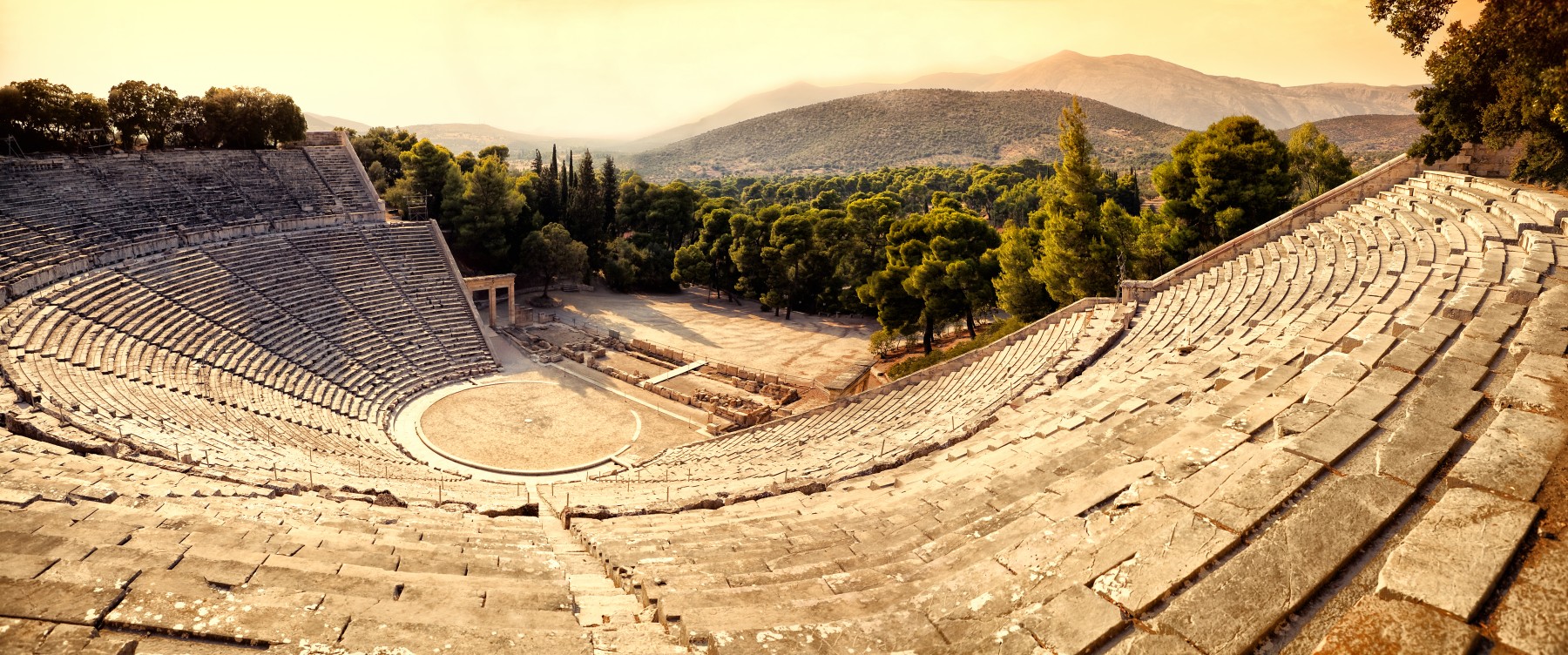
Epidavros is located in Argolida and is 135 km from Athens, i.e., about 2 hours’ drive. It is built on a hilly area between the Saronic and Argolic gulfs. In ancient times it was known as the most important ancient place of worship of the god Asclepius, God of Medicine. Known throughout Greece, its Asclepieion, one of the most important in antiquity, has been a UNESCO World Heritage Site since 1988.
Traces of habitation have existed since the Early Helladic era (3rd millennium BC). On the flat hill above the village, ancient and classical fortifications still remain today, as well as traces of habitation in the classical era.
In the 5th century BC, for example, the sanctuary of Asclepius becomes prominent and influential. The feast of the sanctuary of the Asclepieion becomes Pan-Hellenic. This reputation brings financial power, especially in the 4th-3d centuries BC. The sanctuary remained in great prosperity during the Hellenistic period, but also in Roman times until 2d century BC.
The architect and sculptor Polykleitos, succeeded in the 4th century BC to create a theater unsurpassed to this day in beauty and acoustics: even the actor’s breath reaches the last row and fades behind it.
The visitor has the opportunity to visit Ancient Epidaurus and watch a performance of Ancient Tragedy in this unique theater for a full day or 6-hour excursion in the surrounding area.
If you wish, you may take a speedboat to Epidaurus and enjoy the clear blue waters of the Saronic Gulf, passing between the islands of the Saronic Gulf. A mini tour van will be waiting for you upon arrival and then you will enjoy a performance at the Antique Theater. A unique experience that we can create for you, if you ask us.
Afternoon walk to the monuments of Athens and dinner at Lycabettus
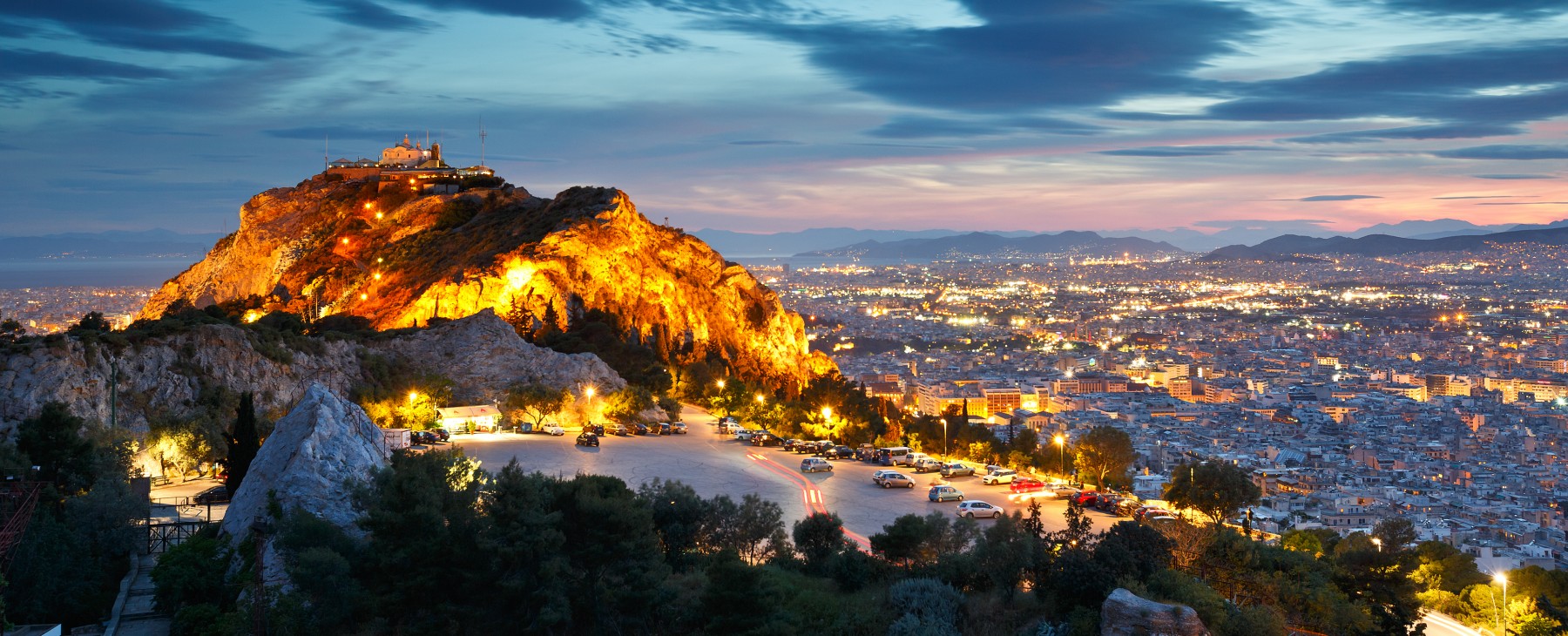
An amazing experience
Enjoy a wonderful drive, among Athens’ most important buildings, such as the Academy, the University and the Kallimarmaro Stadium where the first Olympic Games began in 1896. And also among the modern buildings such as the “Stavros Niarchos” Foundation, the National Gallery and the National Museum of Contemporary Art.
This tour will end in Lycabettus.
Lycabettus is a hill in Athens, with a panoramic view of the entire basin. According to mythology, Lycabettus was a rock carried by the Goddess Athena and dropped after a raven brought her bad news. Since then, the ravens have turned black, says the legend.
Your wonderful dinner, at the restaurant on the hill, will be illuminated by the unique colors of the sun that will reign in the waters of the Saronic Gulf.
After dinner, our guide will take you to Del Taso 1850,
The start time of the excursion depends on the season, as our goal is to enjoy the sunset in Lycabettus.
Healthy mind in a healthy body
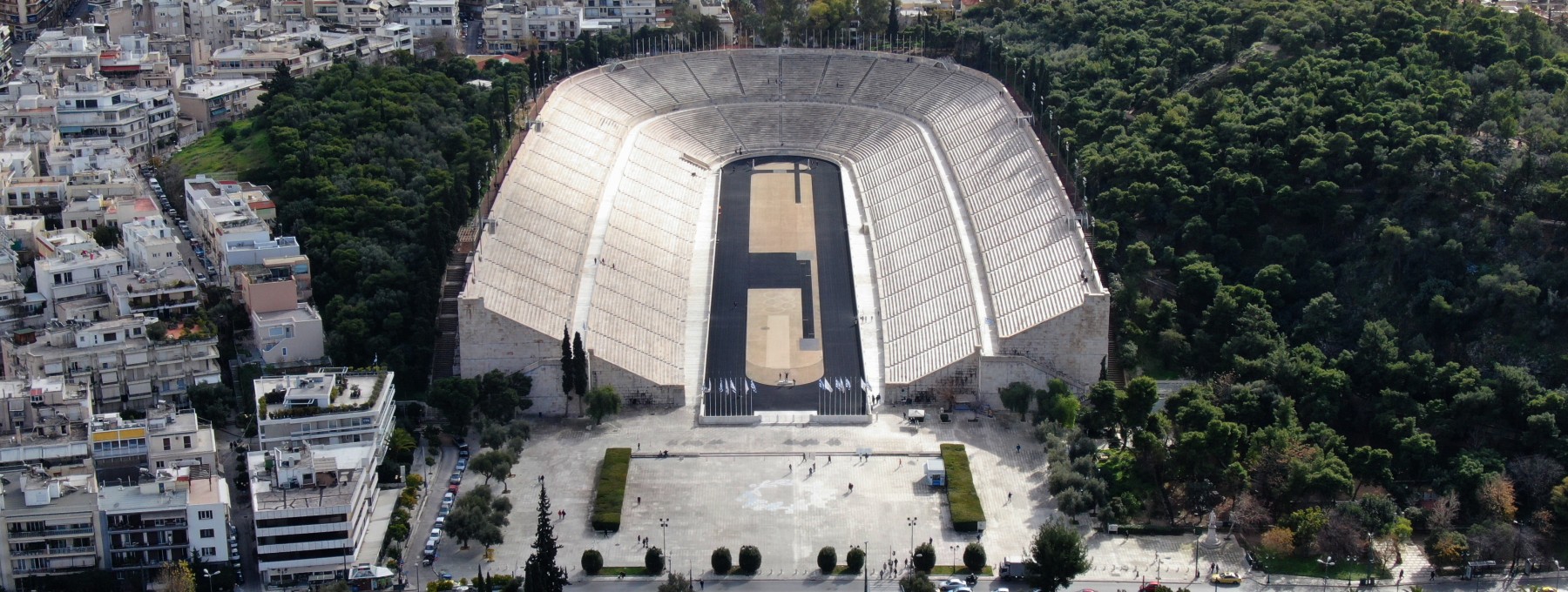
The Olympic Games have their origins in Ancient Greece.
The Olympic Games have their origins in Ancient Greece, and were revived by the French Baron Pierre de Coubertin and the Greek Demetrios Vikelas in the late 19th century. The Olympic Games, also known as the Summer Olympics, have been held every four years since 1896, with the exception for the years during World Wars and the year 2020 due to the Covid-19 pandemic.
So, if you love sports and classic sports, we suggest you take part in a revival of the first Olympic Games, at the Kallimarmaro Stadium, with the help and guidance of experienced and certified gymnasts and let time take you back.
You also have the opportunity to run with a coach in Athens, learning the most important Athenian Monuments.
However, if you want to work out at your place, we can arrange a private coach to fit your schedule.
Escape to the clear blue waters of the Saronic Gulf
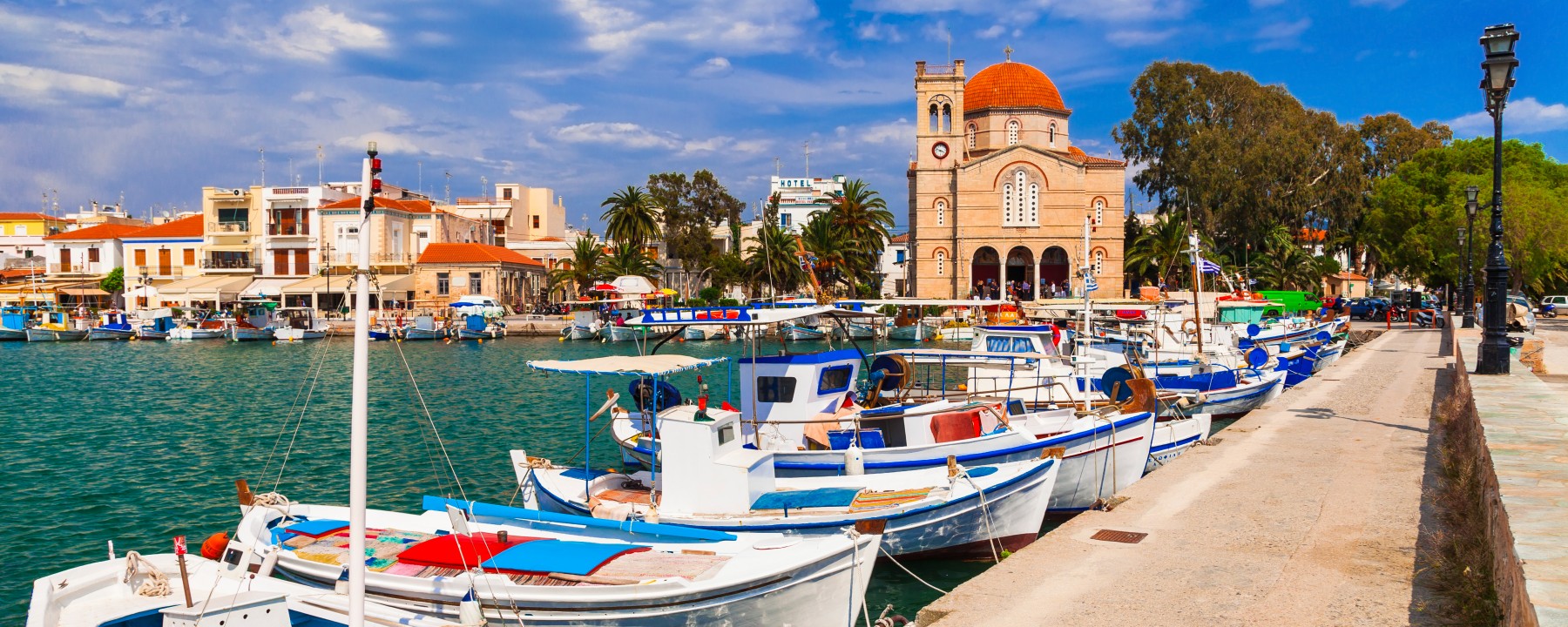
Swim in the clear blue crystal-clear waters of the Athenian coast.
Greece has always been a maritime country, as its coastline covers most of its borders. There are 2500 islands in Greece, of which only 252 are inhabited. Famous naval battles have taken place in the clear blue waters of the Saronic Gulf raining down from Athens, the most famous of which was the sea battle of Salamis in 480 BC. or those that prevented the Persian invasion of Greece and Europe from expanding.
Indulge yourself with our experienced captains’ services and swim in the clear blue crystal-clear waters of the Athenian coast, enjoy the sun, relax and give yourself a chance to rest and rejuvenate.
You will admire Athens, the Acropolis and Lycabettus from the sea, you will stop at 3 or 4 unique places to swim and enjoy a wonderful meal by the sea, you will admire the sunset while drinking a cocktail. Fascinated by the scenery and complete by the wonderful day at sea, you will return to the port where the guide will be waiting to take you to Del Taso 1850.








